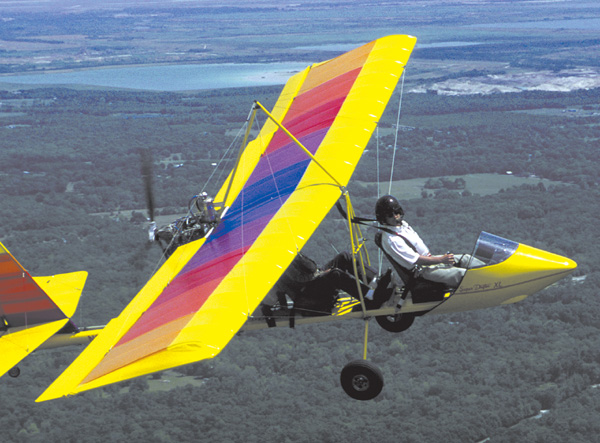
Considered by many to be a workhorse, the Super Drifter XL shows refinement and features that make it seem like a “luxury ultralight.” Leza AirCam, the newly renamed producer of this venerable ultralight, has equipped the top-of-the-line model with nearly every option in their price list. Conclusion: While it will cost you a bundle, you should be satisfied with this ultralight for many years. How is this Super Drifter XL different from the Super Drifter that I evaluated almost 3 years ago? According to Denny Franklin – yes, that same icon of the Maxair days when the Drifter was a youngster – the XL is a significant redesign of the original Super Drifter 912 flown in 1998.1 It has seen numerous changes to make the veteran design work better with the big 80-hp Rotax 912 situated at the rear of the wing. What’s New With the Super Drifter XL? The Super Drifter XL has an extended fuselage – meaning the boom tube and its fuselage “pan” – to position the front seat 5 inches further forward.













